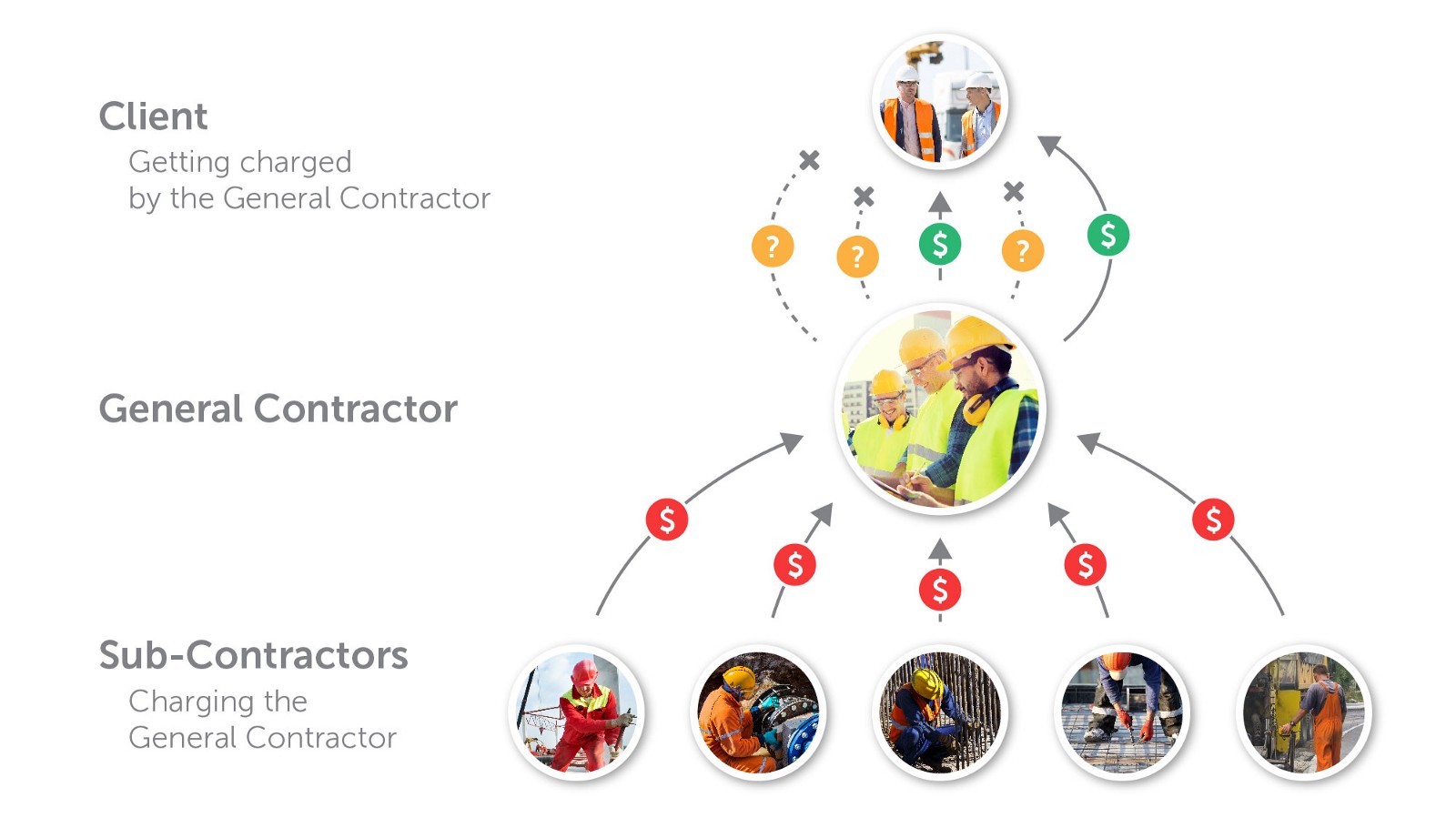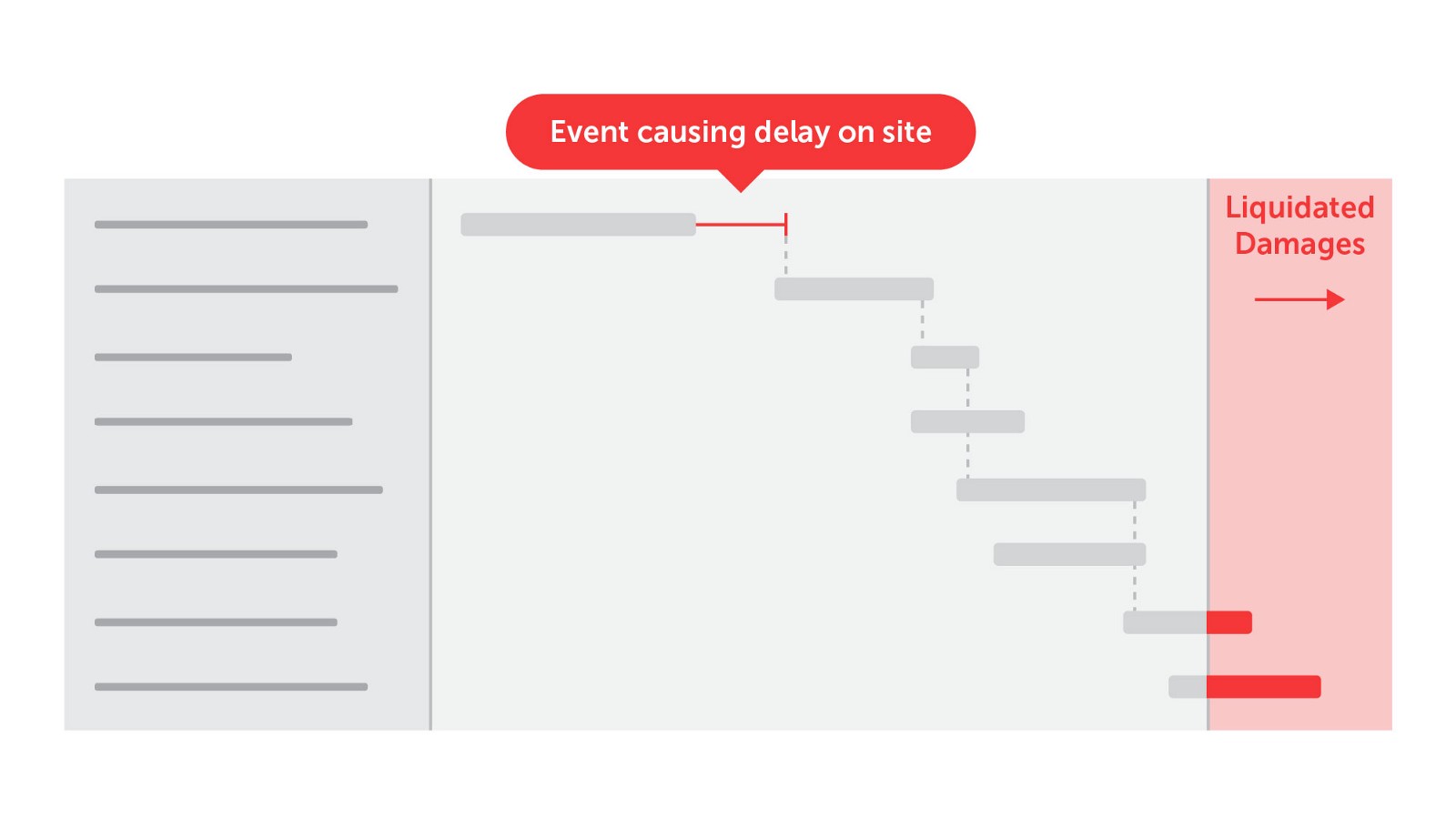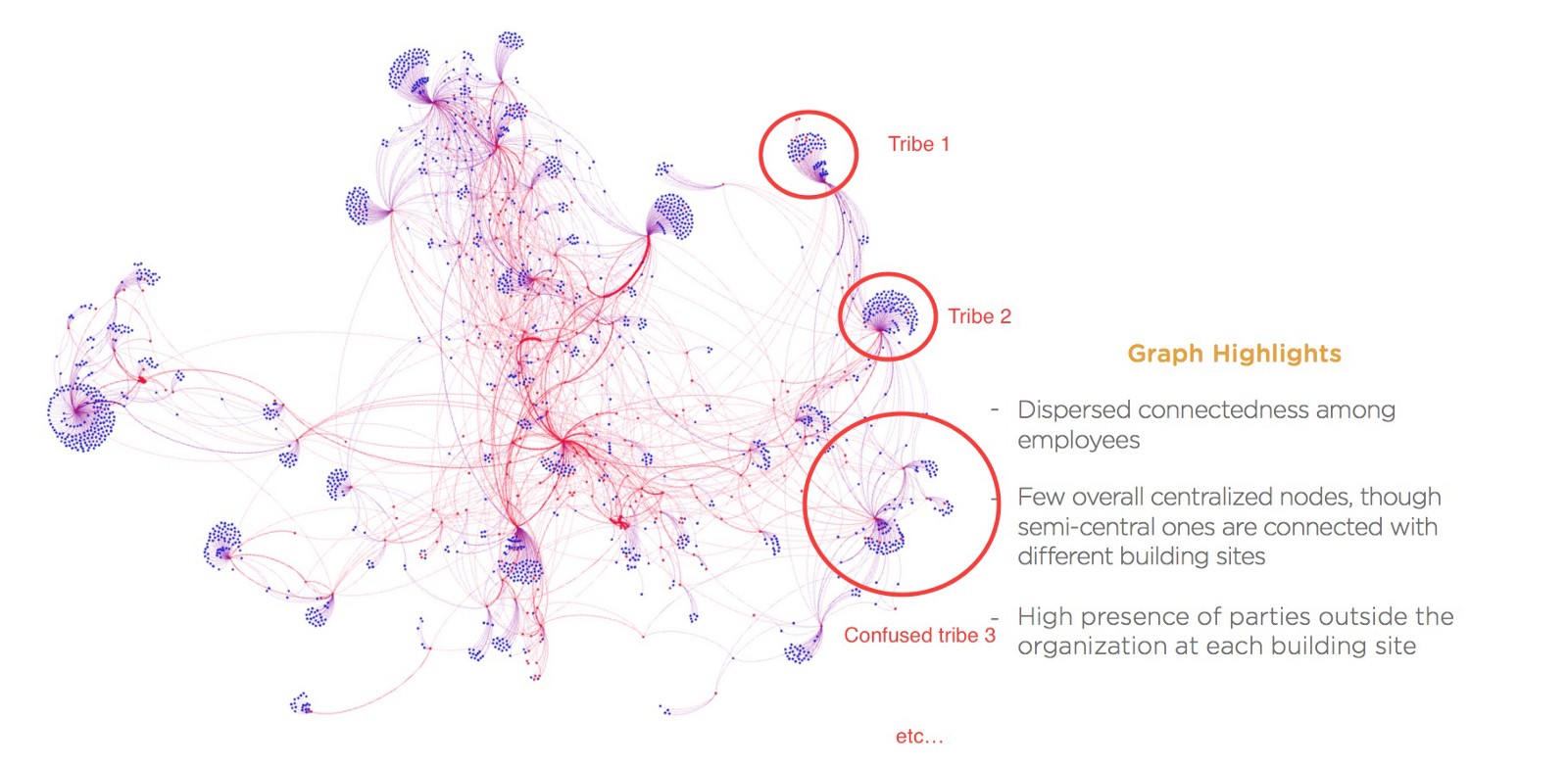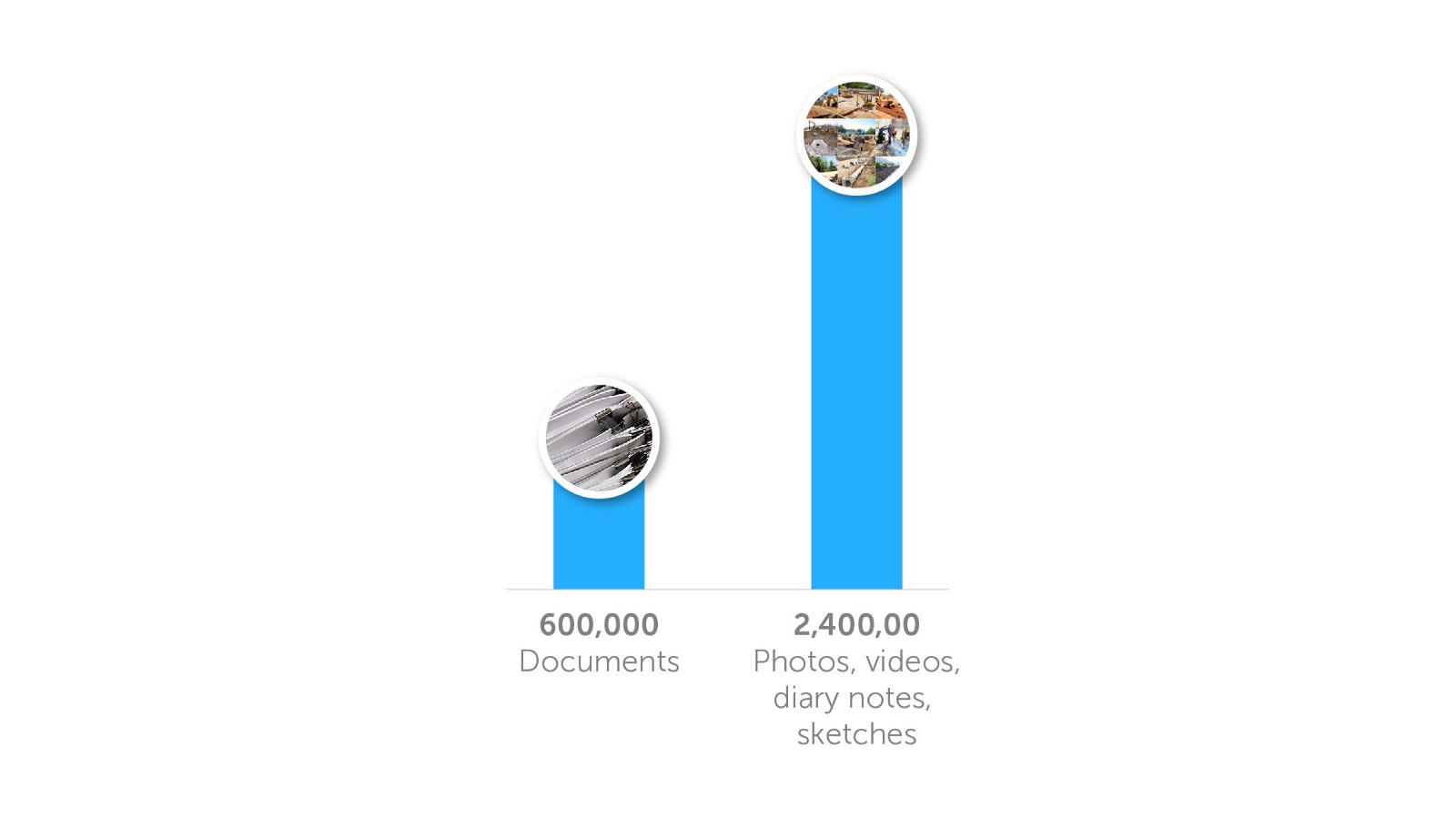Your construction dispute resolution process is missing: Here’s the evidence

Your construction dispute resolution process is missing: Here's the evidence
Every little claim is a legal battle.
Time, dates, photos, evidence.
Whoever has the better records of the construction work wins.
As a General Contractor, responsible for delivering the largest and most complex construction projects across the world, your project might involve hundreds of people from various organisations. It also might require thousands of pieces of plant and equipment. Plus, millions of cubic meters of supplied materials.
Oh, and then there’s the ever-changing natural environment.
Without a portal to unlimited empirical evidence of what is going on right now, what was going on yesterday, and what happened in ‘that spot over there next to the cracked wall’ 18 months ago… you are relying on luck each time you enter the construction dispute resolution process.
When it comes to luck, you need to make your own.
To most in construction project teams, (what seems like) bad luck shows its nasty head often.
These are the most common dispute resolution pains I’ve experienced first-hand and observed amongst others:
-
- Never ending arguments with your client and your subcontractors, always regarding payment for additional work completed that was not initially accounted for, work completed during unexpected conditions or quality of craftsmanship.
-
- Fruitless correspondence to try and uncover facts with your team on the ground, combined with trawling through email threads or clunky .pdfs of diary notes (or worse: not having any diary notes to reference at all).
-
- Rejections of your claims due to inadequate evidence on your behalf, accompanied by questions surrounding the integrity of the source.
- An inability to quickly search and return a time-based string of information relevant to the issue at hand, mainly because the information you need is dispersed across emails, spreadsheets, mobile phones, shared drives and people’s minds.
- The knowledge loss challenges of Project Directors and Managers listed above typically fall into one of two commercial categories — claims and delays.
Dispute resolution claims

The infographic shown above highlights the first challenge — claims. General Contractor’s commonly have a financial deficit between incoming costs from numerous Sub-Contractors across the project and payments that actually get approved by the Client. Hypothetically the contractual framework exists to allow the risk to be transferred, but without adequate information flowing as supporting evidence, a deficit occurs.
Delays

The second infographic emphasises the impact of missing construction delay claims. Problems arise when details are missed when a delay occurs on site, typically any details that are captured are not in sequential order and are unrelated to specific line items on the project’s program. As a result, the commercial team is unable to quantify the event and extremely valuable time is lost on the program… edging ever closer to those Liquidated Damages.
Unfortunately, these pains can result in serious project shakeups. And I know from discussions with General Contractors such as Lendlease Engineering, CPB Contractors, Seymour Whyte Constructions, Fulton Hogan, Ferrovial and Salini Impregilo, these issues are common across our industry.
Think back to the last project ‘restructuring’ that occurred within your project, it probably wasn’t that long ago and it is highly likely (but not certain) that it had something to do with a weakness in commercial management.
The financial pressure that caused this ‘restructuring’ originates from above your project’s hierarchy and flows without obstruction from the project management team, through middle managers and right down to the ground team of engineers, foremen and the like. This financial pressure can result in alterations to reporting lines and communication, as well as redundancies — you might be able to think of some?
You know the story, you get an email (as part of a group of thousands of people) from a person that you’ve never met and they tell you how great person X has been at your company Y for the last 30 years… but now they are ‘leaving’.
In the above snippet, Paul Brampton from IBB Solicitors lists four points why ‘construction and engineering litigation tends to be one of the more expensive types of litigation’:
1. Complex undertakings involving a lot of different people over a lengthy period of time.
2. The amount of documentation generated by a construction project can be vast.
3. There are often multiple parties involved, with competing agendas.
4. The issues and disputes can be highly technical, requiring input from a number of different experts in order to resolve them.
Fortunately, there is an untapped pool of data that is flowing with fresh information created on the front-line, which you can use to combat such headaches.
Each day on your construction project, for every 100 people in your team, there are approximately 3,000 photos, videos, diary notes and sketches created in the field (on average).
In a rapidly changing physical environment, pictures paint more than one thousand words and videos create galleries. This data writes a narrative that can be read as a story of what is happening right now, and what has happened in the past. When critical information such as this is shared tribally unfortunately over 90% is lost. And then, your team’s story is left incomplete. (See infographic below for example from box with my markup in red text).

Source: box blog — Mapping the Information Economy: A Tale of Five Industries
To provide context, on any given infrastructure or commercial development project, there are approximately four (4) times the number of photos, videos diary notes and sketches created relative to the number of documents, drawings and reports created.
Referring to the example below, this means if your project team is 200 strong, over the course of one year on your project there will be roughly 600,000 number of documents, drawings and reports created and 2.4 million construction photo documents created.
Note: this is not suggesting that the information contained within documents, drawings and reports is not required, not valuable or not interesting — it is only a perspective.

I’ve asked many former colleagues and industry professionals including Site Engineers, Commercial Managers and Project Directors, to guesstimate this figure based on the sizes of their projects and on average the attempts come in at 25% of how much information is being captured.
In other words, because they do not realise it exists, they perceive that they have access to 75% less information than should be available for them to use.
So, how exactly does tapping into this information help the commercial challenges mentioned above?
- Whoever has the better records of your construction work wins.
- Time, dates, photos, evidence.
- Every little claim is a legal battle.
In addition,
- Searching, finding and using your entire teams (who) high-integrity data (what) with the associated meta data such as time (when), location (where) and thoughts/notes (why) gives your commercial team access to ‘gold dust’.
You might be thinking, “Hartley, we have (clunky) document management system XYZ and you can put photos on it… so we are already capturing this information, right?”
My suggestion is to find some data on how much information that is created on site is being retained and used, and define some metrics to figure out what the adoption rate is. If it isn’t even close to the ball park mentioned above, then you are missing out on what can be captured in a construction management app.
Ask yourself:
- How many of my people are using (clunky) document management system XYZ?
- Is it designed to allow your entire team to collaborate and capture everything together?
- Is it designed to log issues and progress on site?
- How scalable is this solution?
This quantity of information is useless unless it is part of our standard operating procedures and certain people get the right insight at the right time, and how do we do this?
- Focus on building the habits of your team.
- Manage the information using mobile construction management software with a search tool that can delve deep into your database. E.g. search by location, person, date range, category [such as commercial, quality, safety, environment].
Everybody loves information, but 99% of it is useless, how do we make it useful?
The critical concept is that something that is perceived as low value to one person at present, may turn out to be extremely valuable to another person either now or in future.
The thoughts of the people involved in the field at the time need to be combined with their photos and videos as text, so that someone who wasn’t directly involved can understand exactly what was happening at the time. This information must then be transferred to the relevant person(s).

During each liquid construction work process that is completed along the way to you project completion, your project team has a responsibility to your company to log every detail.
To truly minimise risk, every detail from a given project’s history must be able to be recalled instantly by the relevant person, so that the tracks can be followed all the way back to the source in the event of a legal battle, big or small.
It is not until you choose to do it differently, choose to retain and use the information that is available to you, that you will benefit.
When people deal with problems for such a long time, people just accept that it’s the way it is. They have processes set up with deep habits formed supporting the shit fight.
Key Takeaway: construction teams use smart phones to capture millions of photos and videos that usually get lost. These smartphones can automatically tag and collate meta data that is useful as evidence for commercial disputes such as claims and delays.